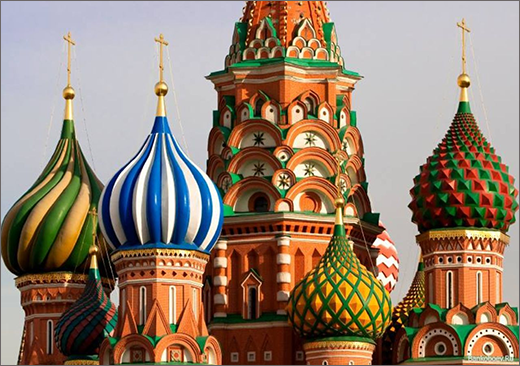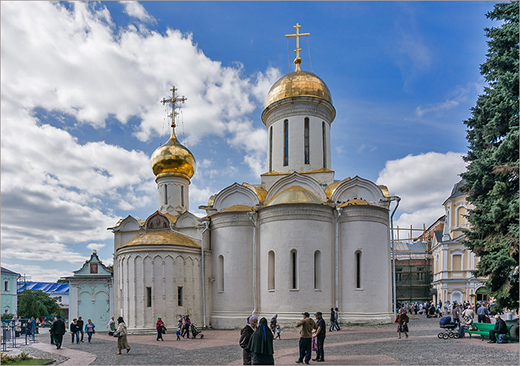Samovar

Russian word “samovar”, which through the years has become one of the symbols of our country, can be translated to English as “self-boiler”. This metal container, traditionally used for heating water during the tea ceremony, is often mentioned in our literature, songs and folklore.
Traditional samovar consists of body, base and chimney, cover and steam vent, handles, faucet and key, crown and ring, chimney extention and cap, drip-bowl and teapot. It heats water with the help of charcoal, that is put in its firebox. Russian samovar may have different shape (urn, krater, barrel, cylinder or sphere), vary in design and volume (may heat from 1 to 400 litres of water).
The first Russian samovars heated with coal, according to the written documents, were made in Tula in the Lisitsyn brothers' workshop in 1778. By the XIX century Tula deserved a reputation of the main samovars' forgery. Even nowadays in Russian language there is a saying "to travel to Tula with one's own samovar", which in fact has the same meaning as “to carry coal to Newcastle” in English.
Nowadays samovars are usually replaced by different kettles. Nevertheless in the country they are still popular due to its cultural identity, which creates a very special atmosphere of a feast. Every year thousands of tourists come to visit the unique Museum of Samovars in Tula, keeping a lot of curious displays. If you are interested in the history of samovar, want to travel to its motherland or buy it as a souvenir for your friends and relatives, ask your Moscow tour guide. We will be pleased to help you!
Traditional samovar consists of body, base and chimney, cover and steam vent, handles, faucet and key, crown and ring, chimney extention and cap, drip-bowl and teapot. It heats water with the help of charcoal, that is put in its firebox. Russian samovar may have different shape (urn, krater, barrel, cylinder or sphere), vary in design and volume (may heat from 1 to 400 litres of water).
The first Russian samovars heated with coal, according to the written documents, were made in Tula in the Lisitsyn brothers' workshop in 1778. By the XIX century Tula deserved a reputation of the main samovars' forgery. Even nowadays in Russian language there is a saying "to travel to Tula with one's own samovar", which in fact has the same meaning as “to carry coal to Newcastle” in English.
Nowadays samovars are usually replaced by different kettles. Nevertheless in the country they are still popular due to its cultural identity, which creates a very special atmosphere of a feast. Every year thousands of tourists come to visit the unique Museum of Samovars in Tula, keeping a lot of curious displays. If you are interested in the history of samovar, want to travel to its motherland or buy it as a souvenir for your friends and relatives, ask your Moscow tour guide. We will be pleased to help you!









